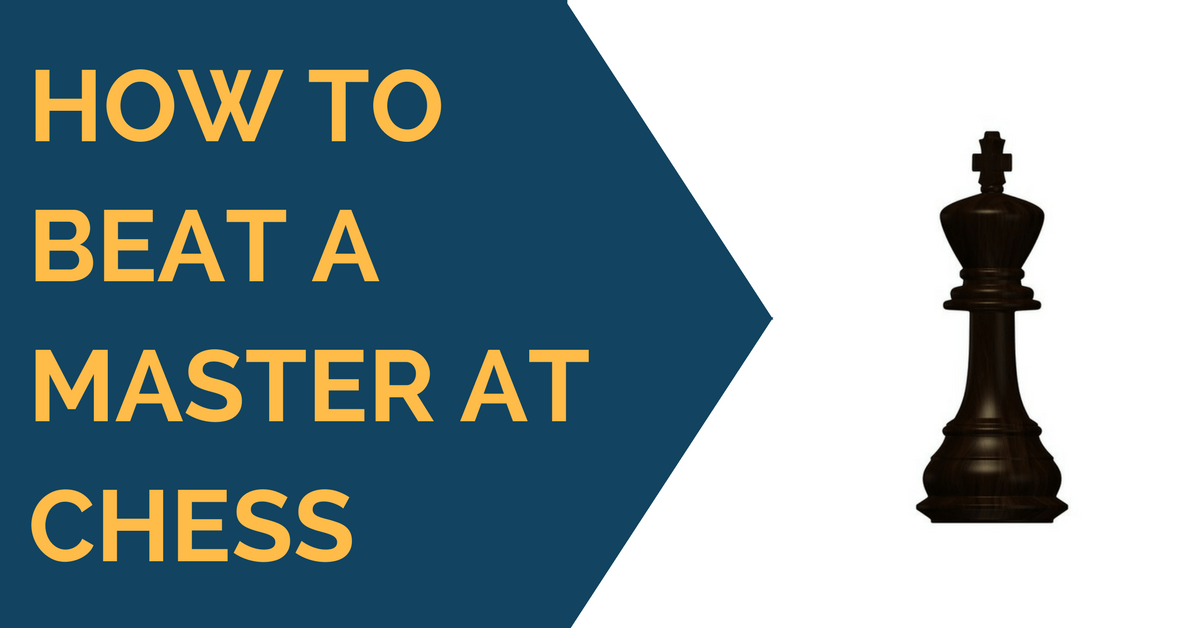Yury Markushin (1800) vs. Parrot (2200)
The game I played against 2250+ rated program. The name of the program is Parrot, it often plays on FICS.
Here is a little analysis I did and some of my thoughts.
1. d4 Nf6 2. c4 e6 3. Nc3 Bb4 4. Qc2 d5 5. a3 Bxc3+ 6. Qxc3 dxc4 7. Qxc4
Now I’m a little worried that I moved my queen too much in the opening. In 7 moves of the game I moved the queen 3(!) times, which is usually not a good sign.
In my opinion black should have played 7…O-O, 8… Nd5 and 9…Nc6 with very good game. But, black plays
7… b6 it seems like a good move too, preparing Bb7 which would take control of a long diagonal and threaten my future castle.
8. e3 it is possible here to play e3 since if black plays 8… Ba6 trying to capture the f1 bishop and taking white’s right to castle away, white can respond by playing 9.Qa4+ forcing trade of queens (white’s bishop is hanging). Therefore, 8…O-O is stronger because there would be no check on a4 and white would have to think about retreating its queen. And 9… Ba6 is strong if white plays 9. Nf3.
8…Ba6 well, the program plays this move immediately.
9. Ba4 + Qd7 10.Qxd7 Kxd7 (10…Nfxd7 looks better)
11. Bxh6 Nxh6 – I think simplification is always better when playing against a machine. I prefer playing open or semi open positions against computers.
12. Nf3 c5! 13. dxc5 I was considering 13. O-O but I was afraid of 13…c4.
13…Nxc5 14.O-O Nb3 yes this move by black bothered me but I thought that after playing
15. Rb1 a3 16. Nd2 Nxd2 17.Bxd2 Rhc8 18.Rfc8 Position is fairly balanced, each side has 2 pawn islands: 4 pawns on the king’s side and 2 on the queen’s side. Knight is probably a little bit better than a bishop here.
18…Ne4 19. Be1 (Rd1 is also good, maybe even better than Be1 as I see now: 19. Rd1 Rc2 20. Bb4+ Ke8 21. f3 Nc5 22. Rd6 Rb8 which is a little bit sharper that I’d like it to be here).
19…e5 20. f3 (I definitely do not want black knight on e4)
20… Nd6 looks better than Nf6 since it doesn’t block the f-pawn.
21. e4 preventing 21…e4 22. fxe4 Nxe4 – e3 pawn is weak.
21…g6 (21… Ke6 looks better)
22. Bf2 (22. Rd1 is okay too, I just did not want to leave the c-file uncovered for 22…Rc2 reason). The main idea of Bf2 was to play Be2 and trade rooks.
Simplification = better against a machine.
22…b5 23. b3 f5 I was trying to keep the game as simple and slow as possible, but “parrot” wanted to open up more files for attack and maneuvers. Position looks drawish so far.
24. exf5 gxf5 Now black has isolated h pawn which isn’t really a weakness, since it’s hard to attack and flexible e5-f5 pawns.
25. Be3 for rook exchange
25…a5 26. Rxc8 Rxc8 27. Rc1 Ra8 – computer did not like my “total exchange” idea and retreats its rook to a8 even sacrificing open c-file.
28. Bc5 (offering trade even though bishop is somewhat better than a knight here) 28…Rc8 does not work here because of 30. Ne3.
28… Ke6 29. Nxd6 Kxd6 30. Kf2 it’s time to activate the king which is worth 4 points in the endgame. Now I had a feel that this should end up with a draw, which is good.
30… h5 – good idea to push and exchange isolated pawn
31. Ke3 h4 32. g3 hxg3 33. hxg3 Rg8 (33…Rh8 leads to a draw 34. b4 axb4 35. axb4 Ra8 36. Rc5 Ra3+ 37. Ke3 Ra2+ 38.Kd3)
34. Kf2 Rh8 35. Kg2 not allowing 35… Rh2
35… Ra8 36. Kf2 Ra7 37. Ke3 (37. Rc8 is stronger) 37… Rg7 38. Kf2 Rc7 (this maneuver was needed to keep my king a tempo away after rook exchange, this is why 37. Rc8 is stronger).
39. Rxc7 Kxc7 Pawn and king endgame with white king closer to the action, but still a draw.
40. Ke3 DRAW
(after move 40 program ran out of time and start making random moves and lost)
I hope it was helpful and any reader learned something for themself!









Comments: